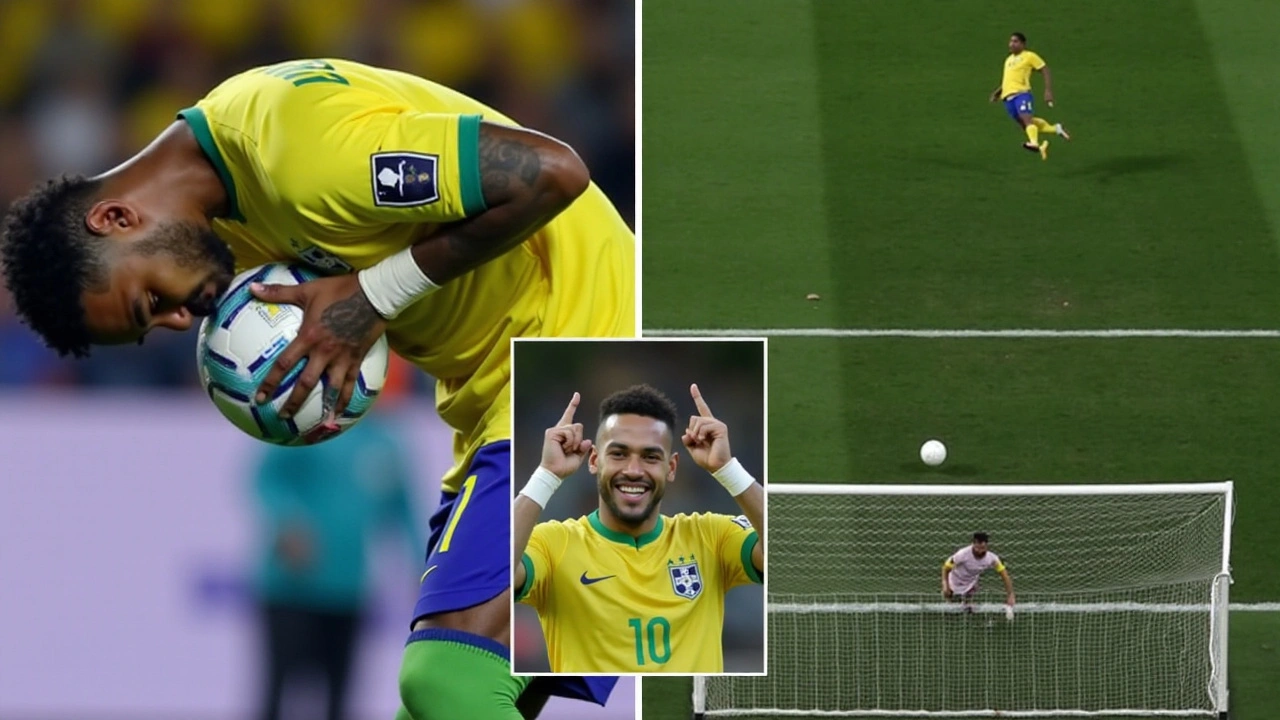Football Rules: Clear Guide to the Laws of the Game
Want to understand football rules without jargon? This guide breaks down the key laws you’ll see every match — from offside calls to penalties and VAR. Read this and you’ll spot why referees make certain decisions and how players can avoid common mistakes.
Basic Match Laws
Match length and players: A standard game is 90 minutes split into two 45-minute halves, plus stoppage time. Each team fields 11 players, including one goalkeeper. Most competitions allow 3-5 substitutions; check competition rules before the match.
Starting and restarting play: Kick-off starts the game and restarts after goals. For stoppages, referees use drop balls only in rare cases. Throw-ins, goal kicks, and corners restart play depending on who last touched the ball.
Substitutions: Sub changes must happen during a stoppage and with the referee’s permission. Substitutes usually enter at the halfway line and must wait until the outgoing player leaves the field.
Key Rules Fans and Players Should Know
Offside rule: A player is offside if they are nearer to the opponent’s goal line than both the ball and the second-last opponent when the ball is played to them — unless they are in their own half. Being in an offside position isn’t an offence by itself; the player must be involved in active play (touching the ball, interfering with an opponent, or gaining an advantage).
Fouls and misconduct: Direct free kicks are given for trips, kicks, pushes, and deliberate handball. Indirect free kicks cover technical fouls like dangerous play. Yellow cards warn players; red cards mean immediate dismissal for serious foul play, violent conduct, or denying a clear goal-scoring opportunity.
Handball specifics: The handball rule focuses on deliberate actions and arm position. If a player makes their body unnaturally bigger or deliberately handles the ball to score or stop a shot, it’s punished. Accidental contact usually isn’t a foul unless it leads to a goal or a clear advantage.
Set pieces: Penalties are taken from 12 yards for fouls inside the penalty area. For corners, attackers aim to create scoring chances; defenders must be careful with back-passes to the goalkeeper, which can’t be handled if passed by a teammate’s foot.
VAR and technology: Video Assistant Referee (VAR) reviews clear and obvious errors in goals, penalties, direct red cards, and mistaken identity. VAR helps correct big mistakes but not every tight call. Concussion protocols now require immediate assessment and, if needed, temporary substitutions to protect player health.
Practical tips: As a player, keep your arms natural, stay level with the second-last defender to avoid offside, and control tackles to avoid cards. As a fan, watch where the ball is played from to judge offside and respect refs — many calls are split-second decisions.
If you want more on specific laws or recent rule changes, check match reports and coach notes on this tag. Understanding the basics makes watching football far more fun — and helps players avoid easy mistakes on the pitch.
